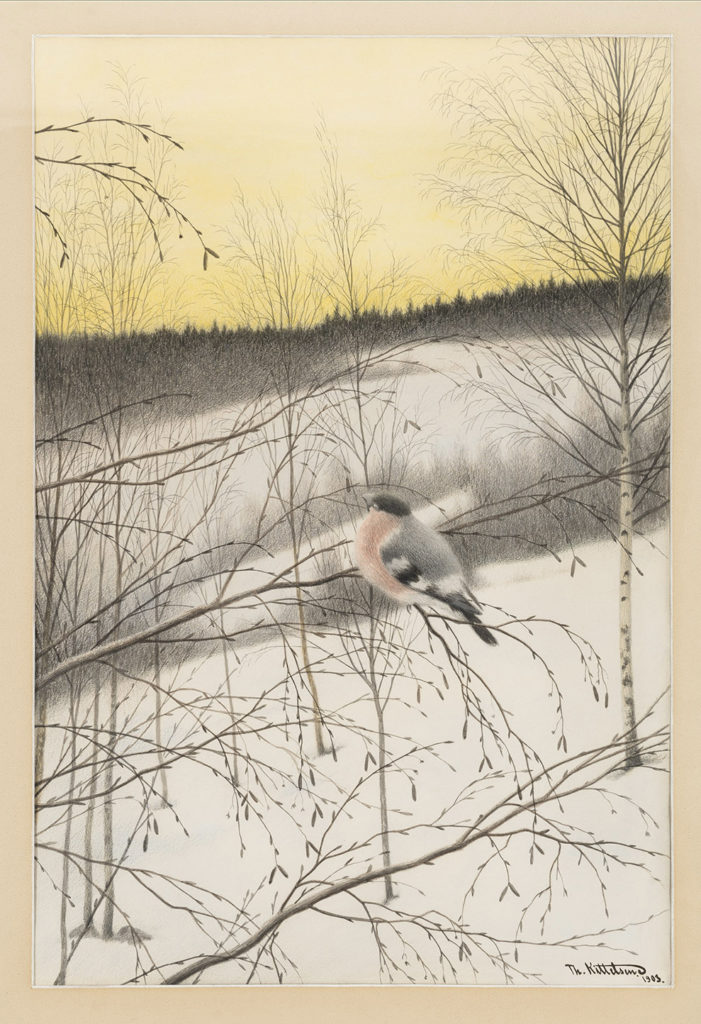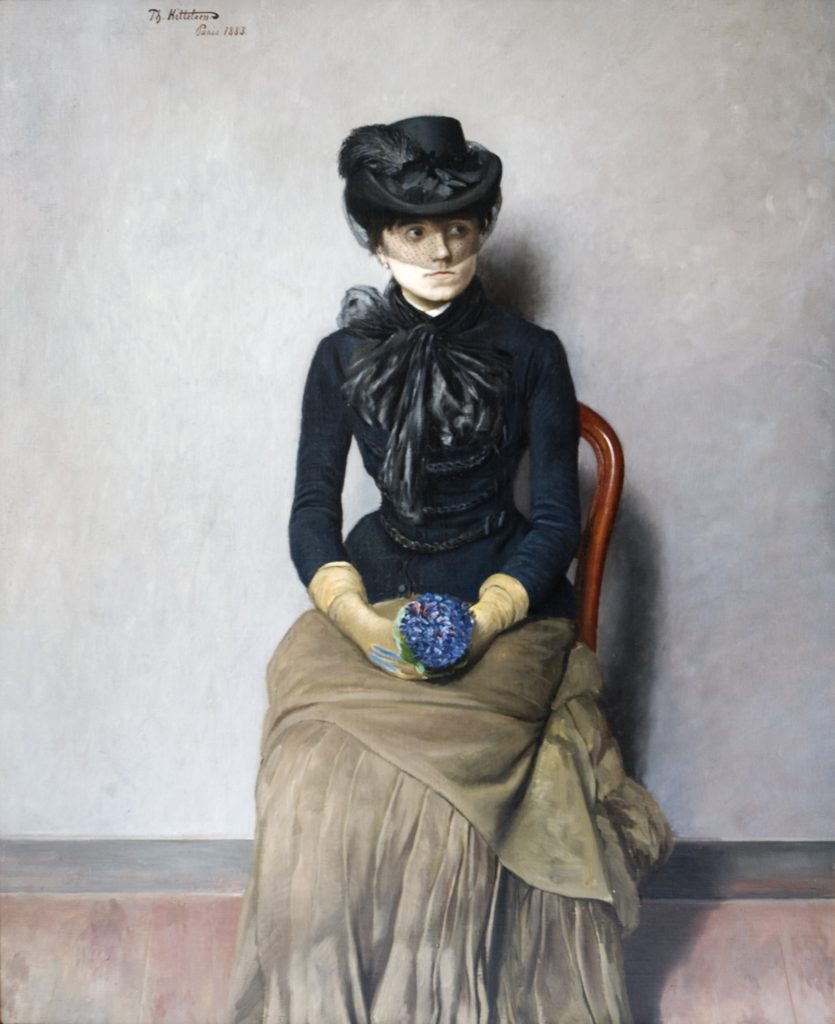Kittelsen, Theodor
Theodor Kittelsen became known primarily as a draughtsman, and his illustrations for Asbjørnsen and Moe’s folk tales are in a class of their own. Kittelsen often combined his original and imaginative representations of mythical characters from legends and folk tales with depictions of landscapes, and the nature of East Norway and North Norway captured his interest in particular.
Theodor Kittelsen grew up under straightened circumstances in the coastal town of Kragerø; he received an inadequate education and because of the family’s economic hardships the path to a career as an artist was far from easy. As a youth he worked among other things as a watchmaker’s apprentice but his artistic talent was discovered early. In 1874 well-to-do townsmen provided the 17-year-old Kittelsen with the opportunity to travel to Christiania (now Oslo) to study at Wilhelm von Hanno’s drawing school and the Royal College of Art and Design.
After two years in the capital Kittelsen’s sponsors felt that he should continue his studies in Munich, the major art metropolis of that time. He remained here between three and four years. He studied at the city’s art academy and among his close friends were the Norwegian artists Erik Werenskiold, Christian Skredsvig and Eilif Petersen, but the artistic benefits of his stay there were rather sparse. The sombre, naturalistic ideals of the times were unsuited to Kittelsen’s fanciful, imaginative style. There is little doubt, however, that Kittelsen strove persistently to adapt and his painting Strike (1879) is considered to be the first Norwegian example of tendentious painting.
The economic support from home ceased when his student years in Munich were over and Kittelsen was forced to manage on his own. Although his living circumstances were considerably more difficult, the beginning of the 1880s was important in a purely artistic sense; thanks to a warm recommendation from Erik Werenskiold, Kittelsen was hired to illustrate folk tales for P. Chr. Asbjørnsen. It was the beginning of a nearly 30-year long and very productive collaboration with Asbjørnsen and Moe.
At this time Kittelsen still had an ambition of becoming a genre painter and with the help of a grant he travelled to Paris (1882–83), and then returned to Munich at his own expense (1883–87). In 1887 he returned home to Norway for good, however, and settled in Lofoten for almost two years. This period was extremely productive. The drawings that he made during these years are considered by many to represent a breakthrough. Accompanied by his own lyrical prose the drawings were published in Fra Lofoten (1890) Fra Lofoten II (1891) and Troldskap (1892).
The spring of 1889 was a significant time in Kittelsen’s life; he met the 11-year younger Inga Dahl, whom he soon married. After having lived for a time in Hvitsten, they moved to Sole in Eggedal before settling down in Lauvlia in Sigdal in 1899. Here Kittelsen created some of his most famous pictures, among them The Plague ravages the countryside and The Water Sprite as a white horse. Unfortunately, due to their extremely poor financial situation, the family was forced to leave their home in 1910 and he spent the last years of his life in Kristiania and at Jeløya near Moss.
Theodor Kittelsen died in 1914 barely 57 years old.
Both his childhood home in Kragerø and the house in Lauvlia are open to the public today.
OWG


